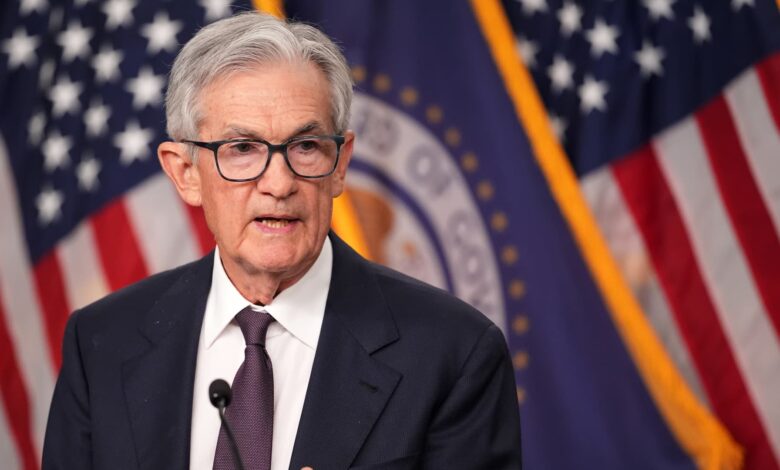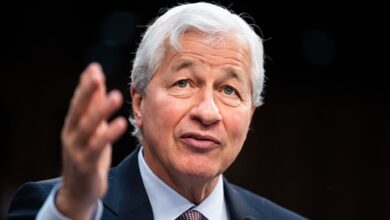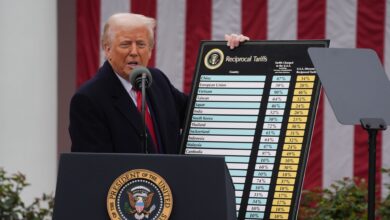Fed worried it could face ‘difficult tradeoffs’ if tariffs reaggravate inflation, minutes show

Federal Reserve officials expressed concerns about the potential impact of tariffs on inflation and the challenges it may pose for interest rate policy during their meeting earlier this month, according to the minutes released on Wednesday.
The summary of the May 6-7 meeting of the Federal Open Market Committee highlighted ongoing uncertainties surrounding fiscal and trade policies, prompting officials to opt for maintaining steady interest rates. The minutes revealed that participants agreed to exercise caution until the economic effects of various government policy changes become clearer.
The minutes stated, “Participants agreed that uncertainty about the economic outlook had increased further, making it appropriate to take a cautious approach until the net economic effects of the array of changes to government policies become clearer.” Additionally, officials acknowledged the potential for difficult tradeoffs if inflation persists while growth and employment outlooks weaken.
Despite expressing concerns over inflation and trade policy uncertainties, policymakers noted that economic growth remained solid, the labor market was broadly balanced, and consumer spending continued. The Federal Open Market Committee kept its benchmark federal funds rate unchanged at a target range of 4.25%-4.5%.
The summary indicated that the Committee was well-positioned to wait for more clarity on inflation and economic activity outlooks, given the solid economic growth and moderately restrictive monetary policy in place. The post-meeting statement highlighted increased uncertainty about the economic outlook and the challenges in achieving full employment and low inflation goals due to policy uncertainties.
Since the meeting, officials have reiterated their stance on waiting for more clarity on fiscal and trade policies before considering any rate cuts. Market expectations reflect this cautious approach, with futures traders pricing in minimal chances of a rate cut until the Fed’s September meeting.
Trade policy dynamics have evolved since the meeting, with the U.S. and China agreeing to ease tariffs pending a 90-day negotiation period. This development led to a Wall Street rally, although bond yields continued to rise. President Donald Trump’s pressure on the Fed to lower rates amid the trade war and inflation concerns was met with Fed Chair Jerome Powell’s commitment to maintaining independence from political interference.
The meeting also involved discussions on the Fed’s five-year policy framework, particularly the “flexible average inflation targeting” strategy. Officials noted the need for a policy robust to various economic environments and confirmed their intent to maintain the 2% inflation goal.
In conclusion, the Federal Reserve’s cautious approach to monetary policy reflects their commitment to navigating uncertainties in fiscal and trade policies to ensure economic stability. The minutes provide insights into the Fed’s decision-making process and the challenges they face in achieving their dual mandate of full employment and price stability.





